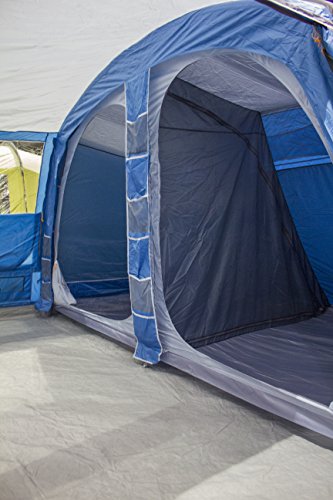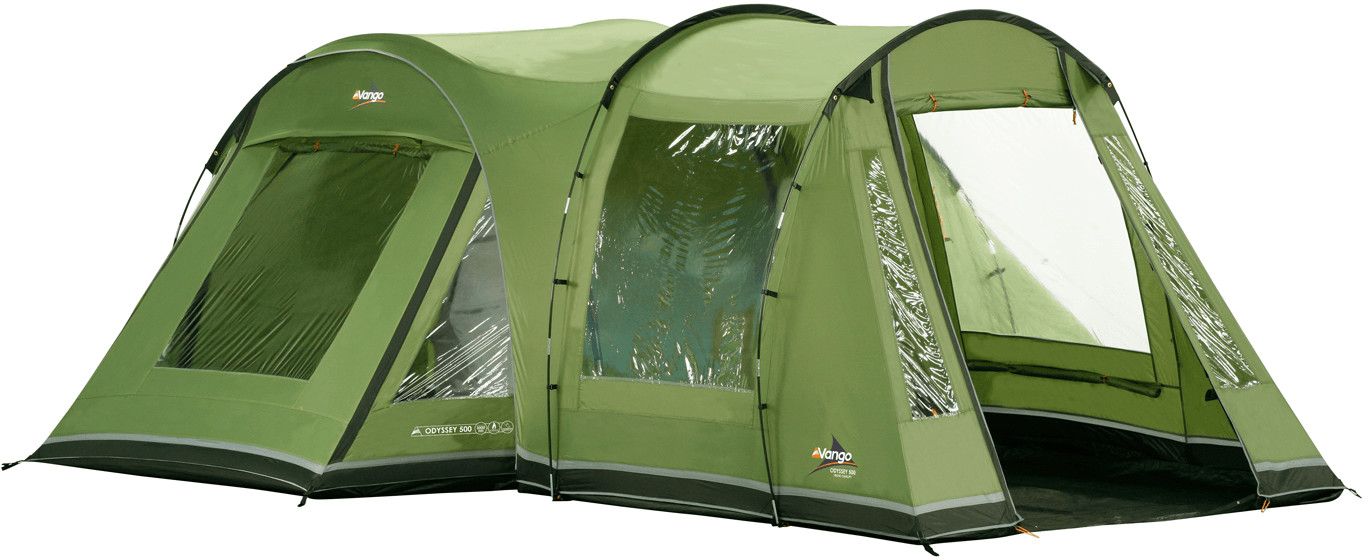

However, they are also expensive and usually not too big. They have features such as ventilation flaps that can be closed from the inside, which distinguish them for camping in storms and snow. Expedition tents are indestructible fortresses that defy any weather.You stand particularly quickly and without great physical exertion.


They have air chambers that are inflated with an air pump or compressor. Inflatable tents do not have tent poles.A family tent can take up to half an hour to pitch, so they are best for a long campsite holiday. They have several sleeping cabins, space for up to 8 people, and offer the option of setting up a weather-protected seating group in the apse. Family tents can be as big as an apartment.That makes them a good companion on trekking tours. Trekking tents have great strength: They are light and have a small pack size.They are suitable for weekend trips to campsites and festivals. Entry-level tents are very inexpensive, simply equipped, and large enough for 3 – 5 people with a lot of luggage.Otherwise, it will simply collapse! So you should plan a few extra minutes when setting up. A tunnel tent always has to be anchored with tent ropes. The biggest disadvantage of the tent: When the tent poles are put together, a tunnel tent cannot stand on its own. In a tunnel tent, you have more space than in other types of tents. The tent walls are vertical and the space in the interior can be used optimally right into the corners. The greatest strength of the tunnel tent is near the ground. In contrast to the dome tent for example, each tent pole in the tunnel tent stands individually, the poles do not cross each other. In the lower part, the walls are perpendicular to the floor and form an evenly curved span. Several parallel rod arches give it the shape of a tunnel. Tunnel tent is a very versatile and popular type of tent. The Coleman Rocky Mountain 5 is a tunnel tent for 5 people and has many comfort functions What is a tunnel tent? What alternatives are there to a tunnel tent?


 0 kommentar(er)
0 kommentar(er)
